Yoga continues to grow in popularity around the world, helping people improve their physical health, mental clarity, and overall well-being. In fact, many people are now turning their passion for yoga into a career by becoming certified yoga teachers.
If you're considering starting your yoga teaching career in 2025, the first decision that you'll have to take is whether to pursue in-person or online yoga teacher training. With so many choices nowadays, it can be a little overwhelming to decide which one is best for you.
In this blog, we will learn the differences between in-person and online yoga teacher training, discuss the pros and cons of each, and help you find the best path to match your goals, lifestyle, and learning style.
Why Get Yoga Teacher Training?
Even with decades of personal practice, Yoga teacher training provides a more profound, richer understanding of yoga. Here's what a good yoga teacher training program covers:
- The history and origins of yoga and how these affect the practice today.
- Yoga philosophy is covered, including important concepts such as the koshas and chakras.
- Meditation and pranayama (breathing).
- Anatomy and physiology applied to yoga postures.
- Principles of teaching, including cueing, sequencing, and adjustments.
- Ethics and professional responsibilities as a teacher of yoga.
- Business strategies for the development of a successful yoga career.
Finishing a yoga teacher training program not only enhances your skills but also strengthens your credibility, particularly if you are a beginner instructor. It guarantees potential clients and employers that you have completed well-designed, professional education and have the knowledge to teach students safely and effectively.
In-Person vs. Online Yoga Teacher Training: Main Differences
Yoga teacher training programs these days mainly come in two types:
- In-Person Yoga Teacher Training: Sessions are done in-person at a yoga school, studio, or retreat center. You attend classes physically with instructors and trainees.
- Online Yoga Teacher Training: Training comes through online platforms, and you learn remotely. Classes can be live, pre-recorded, or a mix of both.
Every format has its own strengths and weaknesses. Knowing them can assist you in making a better decision.
In-Person Yoga Teacher Training: Pros and Cons
Pros
- Immediate Interaction and Instant Feedback:- In a conventional classroom environment, teachers can see your posture, provide instant corrections, and give personalized tips. This face-to-face interaction is an immersive learning experience that most students appreciate.
- Sense of Community:- Participating in training sessions in person enables you to bond intensely with your colleagues. This creates a high level of community, support, and encouragement, enhancing the experience as a whole.
- Structured Learning Environment:- Most in-person programs have a predetermined schedule. This organization can enable students to remain focused and disciplined during the course.
Cons
- Limited Flexibility:- Set class times can be inconvenient for those juggling work, family, or other responsibilities. Changing scheduled missed classes can also be inconvenient.
- Transportation and Accommodation Expenses:- If a good program is not available locally, you might have to travel, incurring extra expenses on transportation, accommodation, and food.
- Time Commitment:- Most in-person programs are also intensive, demanding daily or weekly attendance. It can be difficult to handle if you have a hectic schedule.
Also Read: 200 Hour vs 300 Hour YTT
Online Yoga Teacher Training: Pros and Cons
Pros
- Convenience and Flexibility:- Online learning enables you to learn at your own convenience and schedule classes according to your professional and personal schedules. If you are an early bird or a night bird, you can take up the content at your best convenient time.
- Accessibility:- Regardless of where you are, online training delivers superior quality instruction right at your door. This becomes accessible to students who do not have a convenient yoga school near them.
- Cost-Effectiveness:- With no cost of travel and accommodation, online training is cheaper in most cases. Most providers also provide flexibility in payment.
Cons
- Demands Self-Motivation:- Without structured class times and face-to-face accountability, you will need to be self-motivated and disciplined to finish the coursework within the allotted time.
- Limited Hands-On Adjustments:- Even though online teachers can offer verbal adjustments, they cannot physically correct your postures. This could hinder the refinement of your physical practice.
- Technology Dependence:- Good internet connectivity and a working device are required. Technical problems sometimes interfere with learning experiences.
In-Person or Online Yoga Teacher Training: What's Right for You?
When it comes to yoga teacher training, one-size-fits-all doesn't work. Both online and in-person training options are available, and each has advantages. Ultimately, the right decision for you depends on your goals, learning style, and lifestyle. Considering a few quick questions can lead to an answer.
Do You Have a Yoga School in Your Area?
If you have a good yoga school in your area, taking classes in person might be the best choice. You'll receive immediate feedback, hands-on correction, and the vibe of an in-person group class. Otherwise, online yoga teacher training provides a convenient and accessible means of learning from skilled teachers without having to leave home.
Are You Good at Time Management?
Online courses are convenient, but they also demand self-discipline. If you are good at time management and can stay motivated, online learning will suit you. But if you find it difficult to stay on track, you may find that the discipline of attending in-person classes keeps you more accountable.
How Much Time Do You Have?
Training in person tends to mean you need to commit to set days and times, which can be tough if you lead a busy lifestyle. Online courses tend to be more flexible so that you can schedule your training around work, family, or other responsibilities.
How Do You Learn Best?
You may learn better in a classroom setting where you can deal face-to-face with teachers and students. You may also learn at your own pace, viewing lessons over and over again if you need to, and learning independently. Selecting the mode of learning that works best for you can enhance the experience and the effectiveness.
What Are Your Teaching Goals?
Consider what you aim to teach once you're qualified. If you hope to teach in a studio or gym, classroom training provides practical, real-life experience. If you wish to teach online classes or produce online yoga material, online training sets you up for that climate.
Read Also: 10 Benefits of 200 Hour YTT in Rishikesh
What to Look for in a Yoga Teacher Training Program?
Regardless of the format you choose, the quality of the yoga teacher training program is critical. Here’s what to prioritize:
1. Accreditation and Certification:- Ensure that the program is accredited by recognized bodies such as the Yoga Alliance. Graduating from a Registered Yoga School (RYS) allows you to become a Registered Yoga Teacher (RYT), a credential valued by studios and students alike.
2. Comprehensive Curriculum:- A well-rounded YTT program should cover:
- Yoga history, philosophy, and ethics
- Anatomy and physiology
- Practical teaching methods, including cueing and sequencing
- Techniques for various yoga styles (Hatha or Vinyasa, Restorative, etc.)
- Meditation, pranayama, and mindfulness practices
- Business skills for aspiring yoga entrepreneurs.
3. Experienced Instructors:- Seek out programs led by experienced, certified instructors with a strong teaching background. Reading reviews and testimonials can give you insight into the quality of instruction.
4. Additional Resources and Support:- Look for programs that offer bonus content such as mentorship opportunities, practice teaching sessions, business development training, and continued education resources. These extras can significantly enhance your career preparation.
Conclusion
Both in-person and online yoga teacher training offer unique advantages. The best choice depends on your personal preferences, lifestyle, learning style, and goals as a future yoga teacher.
If you prefer systematic settings, hands-on corrections, and a social connection, then in-person training could be your best choice. On the other hand, if you need flexibility, prefer working at your own pace, or don’t have access to a reputable local school, online yoga teacher training could be the better fit.
Whichever path you choose, ensure the program is comprehensive, certified, and led by reputable instructors. Investing in the right teacher training will not only expand your understanding of yoga but will also lay a strong foundation for a rewarding teaching career.

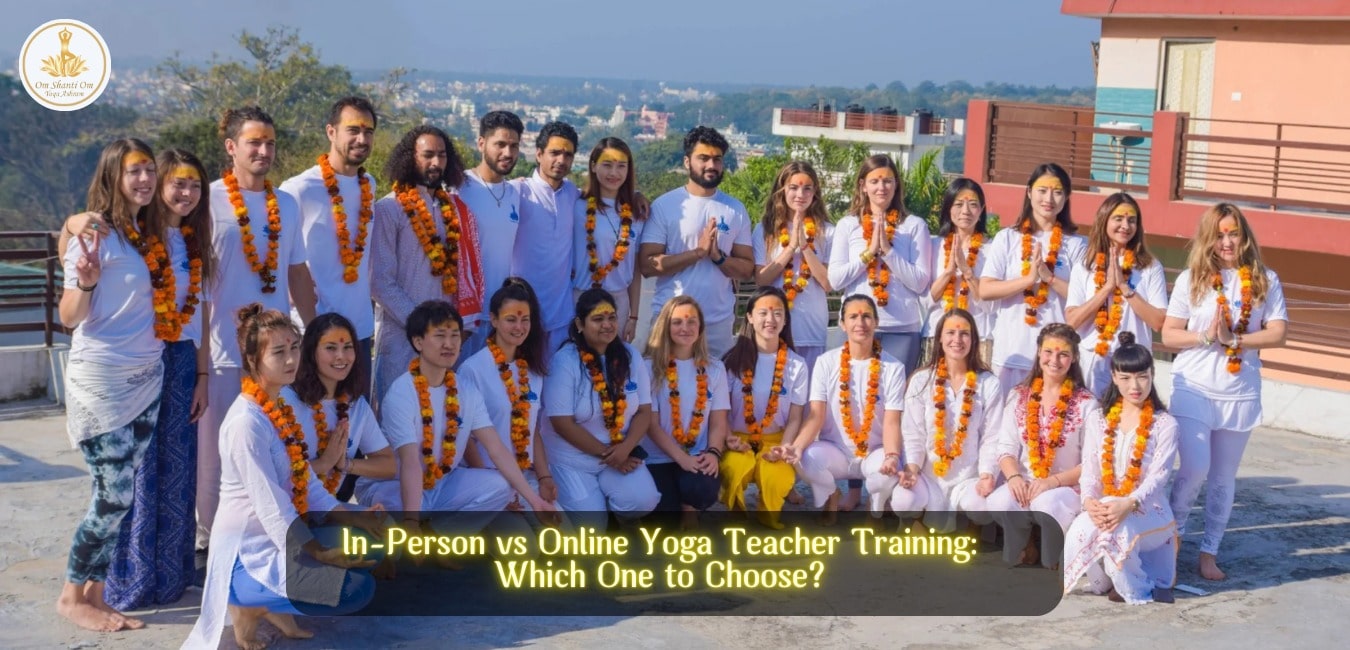







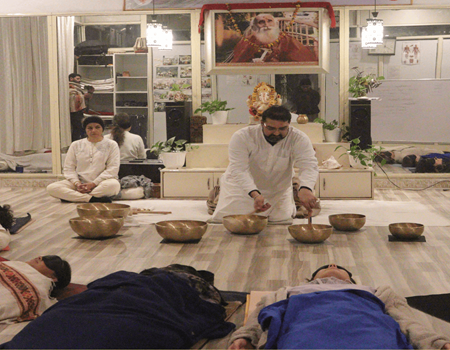


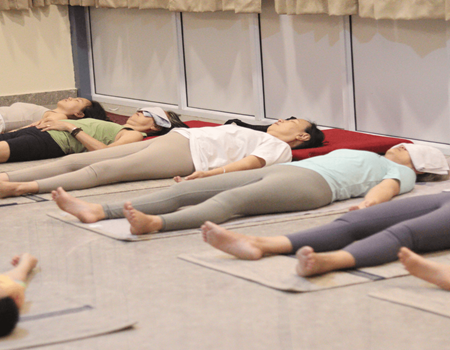


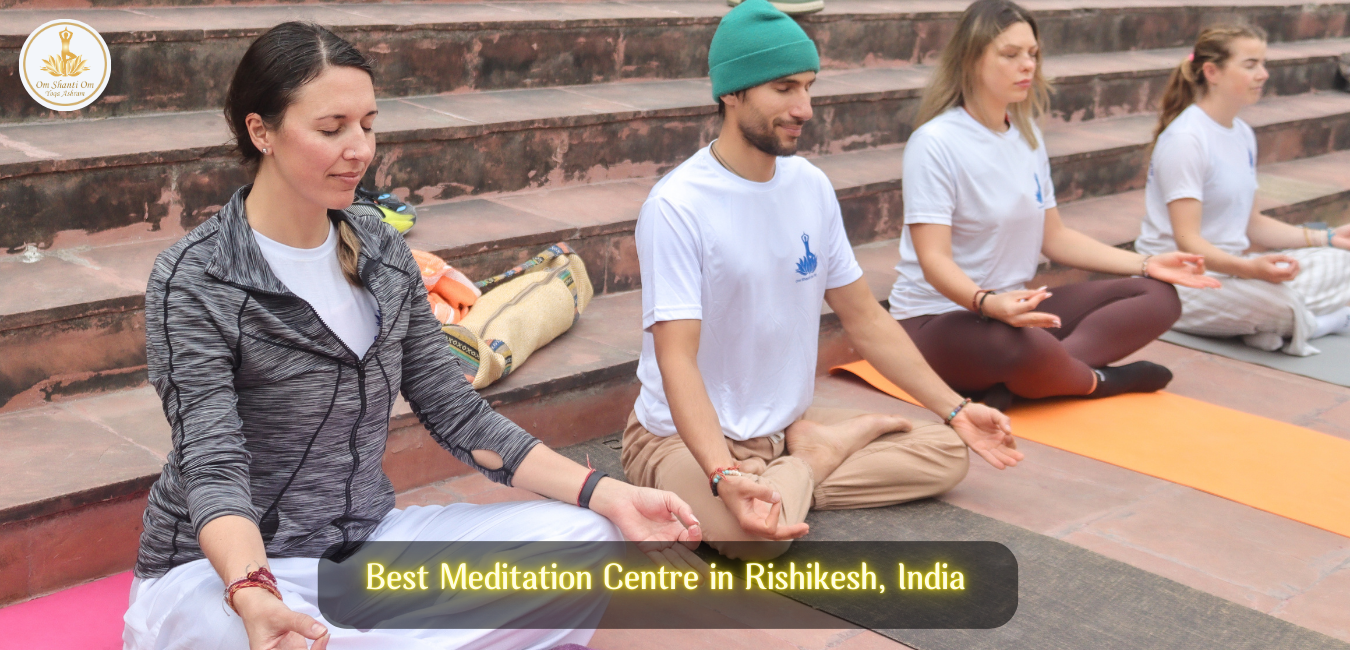

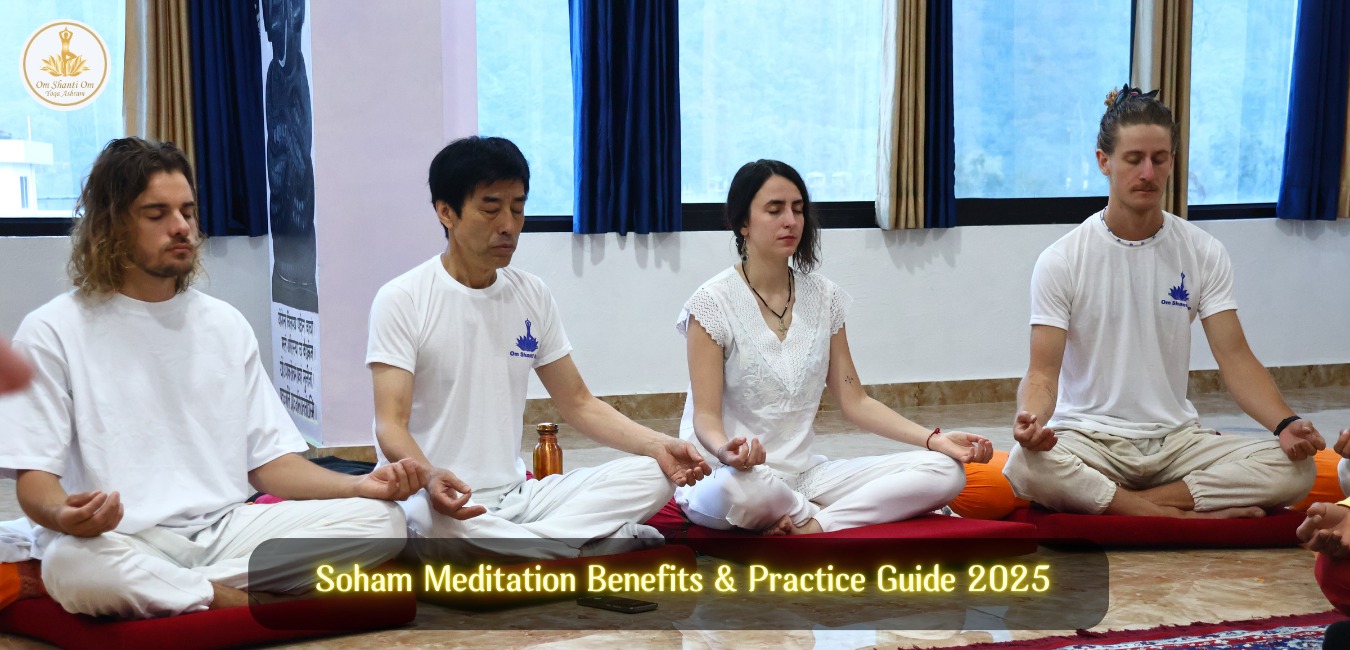






0 Comments
No comments yet. Be the first to comment!